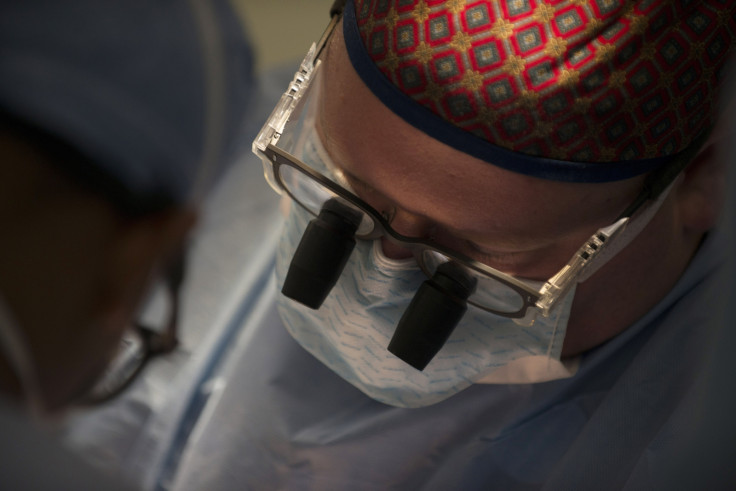Penises Grown in Laboratories Ready for Testing on Men Soon
Sexual organs grown by scientists will help people with congenital abnormalities or the victims of trauma

Male sexual organs grown by scientists in laboratories will help people suffering congenital abnormalities and the victims of traumatic injury.
Researchers at the Wake Forest Institute for Regenerative Medicine in north Carolina are testing the penises for durability, safety and function.
It is hoped that approval from the US Food and Drug Administration will be given in five years and then human testing can take place.
Professor Anthony Atala, director of the institute, conducted a successful programme for creating rabbit penises in 2008. "The rabbit studies were very encouraging," he told The Guardian.
"But to get approval for humans we need all the safety and quality assurance data, we need to show that the materials aren't toxic, and we have to spell out the manufacturing process, step-by-step."
The penises are fashioned using a patient's own cells to avoid the strong risk of immunological rejection after organ transplantation from another person. Cells taken from the remainder of the patient's penis are then grown in culture for four to six weeks.
For the structure, they soak a donor penis in a detergent to remove the donor's cells, leaving a collagen frame. The patient's cultured cells are added to this frame.
Traumatic injuries
The technology is not suited for female-to-male gender reassignment as the technique uses the patient's penis-specific cells.
"Our target is to get the organs into patients with injuries or congenital abnormalities," said Atala.
The work is funded by the US Armed Forces Institute of Regenerative Medicine, which hopes to use the technology to help soldiers who have battlefield injuries.
Current treatments consists of reconstructing the penis using a flap of skin and tissue from their forearm or thigh, and using a penile prosthetic implant to simulate erections.
Chinese surgeons performed the world's first penis transplant in 2006 on a man whose organ was damaged in an accident. He was left with a 1cm-long stump and was unable to urinate or have sexual intercourse.
"His quality of life was affected severely," said Dr Weilie Hu, a surgeon at Guangzhou General Hospital.
Penis transport success and failure
After 15 hours of surgery, doctors attached a 10cm penis to the patient from a brain-dead man.
The procedure, described in European Urology was a big leap forward in transplant surgery as it required complex microsurgery to connect nerves and tiny blood vessels.
After 10 days, tests revealed the organ had a rich blood supply and the man was able to urinate normally.
Although the operation was a surgical success, surgeons reported they had to remove the penis two weeks later.
"Because of a severe psychological problem of the recipient and his wife, the transplanted penis regretfully had to be cut off."
© Copyright IBTimes 2024. All rights reserved.






